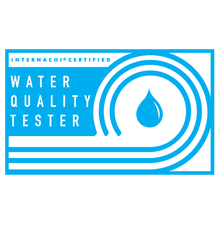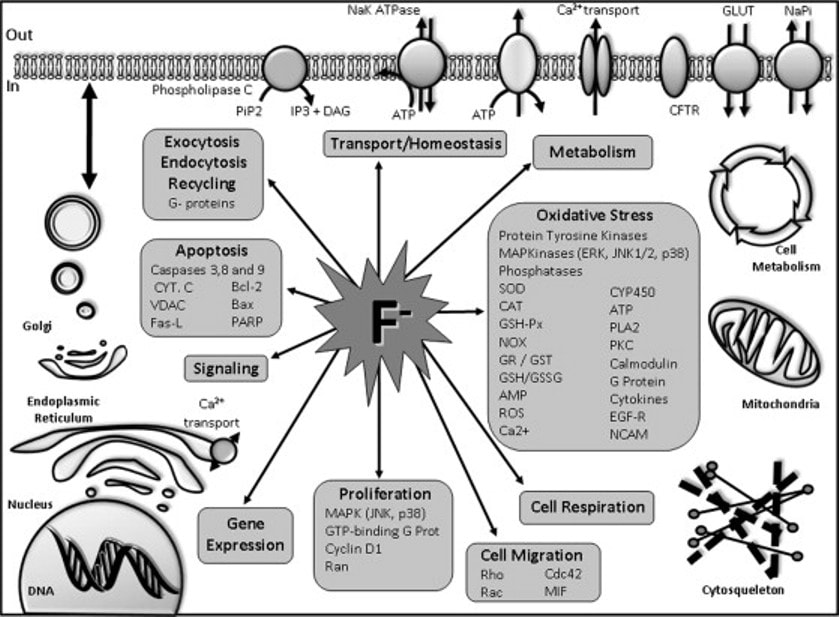Mike's Home Inspector BlogMichael Burfitt |
 As someone who was born and raised in the suburbs and now lives in a typical suburban home in Halifax with my family, I imagined most of my clients would be in the Halifax and Dartmouth areas when I launched my business, so I had no plans to do water testing. These areas are serviced by Halifax Water via the Pockwock and Lake Major water treatment plants respectively. In short, our water is clean, safe and if for some reason conditions change, we will be instantly alerted. It eventually became apparent that I was serving many clients in rural areas: I would estimate that over half the inspections I have done so far in 2023 are in what would commonly be considered rural areas. Upon adding water testing services earlier this year, it quickly became my most requested add-on service. Why Water Testing Matters I remember at the age of 9 moving to Dartmouth close to the water treatment plant on Lake Major and instantly noticing how the water tasted like swimming pool water! There was no question that chlorine was added to the water supply and as unpleasant as it was at least it wasn’t going to make one sick in that quantity. Unfortunately, many contaminants aren’t easily identifiable by the senses like that. We all know that water is commonly known by its chemical composition (H2O) as a molecule of water is made up of 2 Hydrogen atoms and 1 Oxygen atom. In theory that’s correct but water is almost never seen in its purest form. Here are a few chemicals frequently tested for in a water test and why. Arsenic (As) Arsenic is a naturally occurring element and prolonged exposure to As can lead to skin problems, cardiovascular disease and some cancers. Lead (Pb) While found in bedrock, Pb is rarely found in groundwater. The main concern is with Pb supply lines, which are concentrated mainly in Peninsular Halifax and the older section of Dartmouth. Lead can cause significant neurological issues, especially in children as well as many health problems in adults. Nitrates (NO3) and Nitrites (NO2) Both compounds are similar, with the difference being the number of oxygen atoms. Both commonly come from fertilizers and animal waste and can lead to health issues, most noticeably methemoglobinemia (commonly referred to as blue baby syndrome), caused by low oxygen in the blood. Fluoride (F–)
Commonly known as that stuff in toothpaste, fluoride is related to, but not the same as the highly reactive element fluorine (F). F– is an ion (meaning it is electrically charged: in this case negative). While beneficial in very small amounts, excessive F– can lead to dental and bone problems known as fluorosis and large F- levels can lead to brain damage and even death. Luckily this is not really an issue with Nova Scotia groundwater but this fancy graph above highlights some of the many effects of F- Contact us at Inside Edge for more information on the variety of water testing options we can provide for you. We’ll properly take samples and provide a report while interpreting the laboratory results in an easy-to-understand format. |
Archives
July 2024
Categories
All
|
|
Inside Edge Home Inspections Ltd.
Halifax, NS 902-209-9921 [email protected] Proudly Serving the HRM & Central Nova Scotia |


 RSS Feed
RSS Feed

